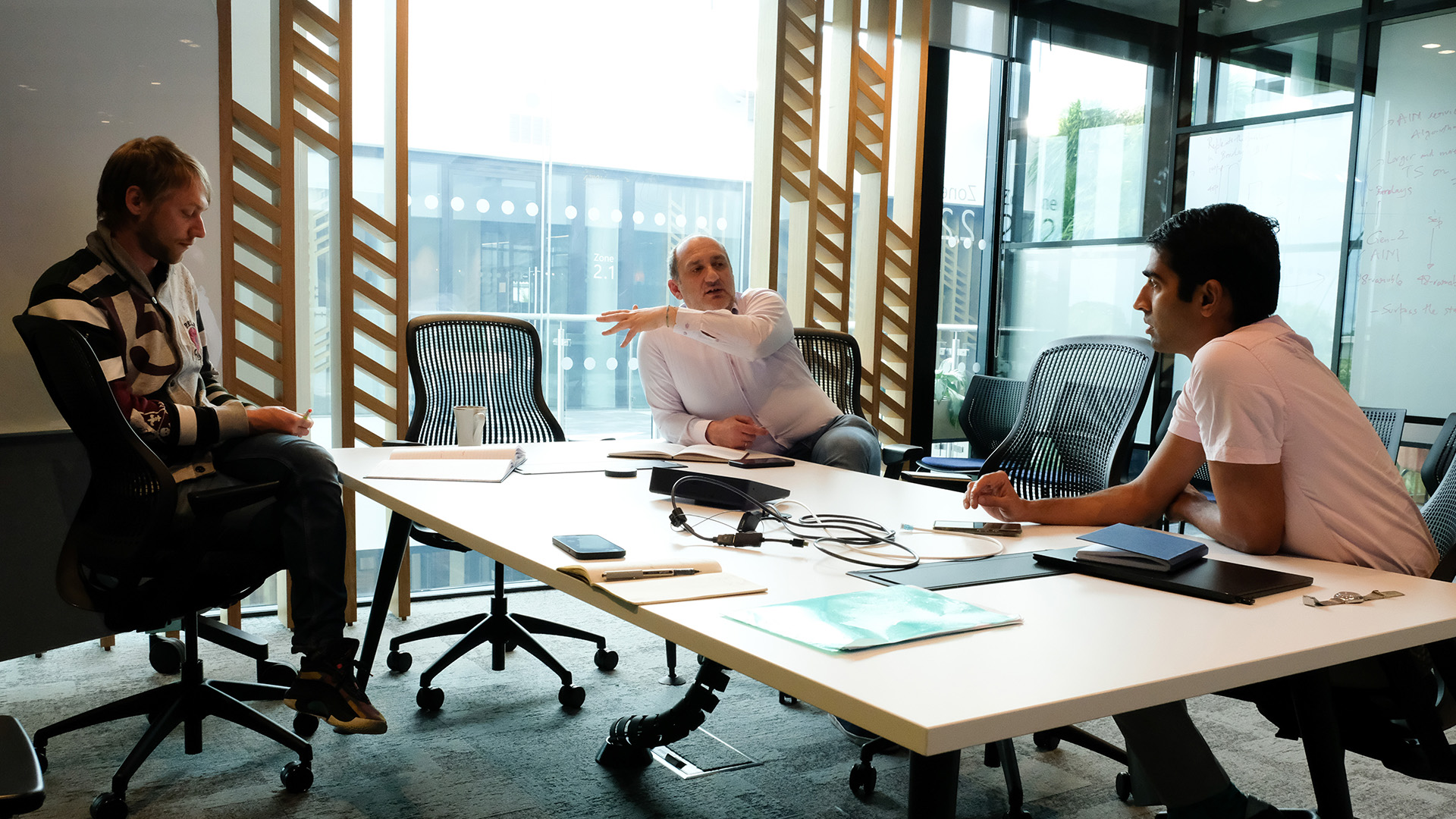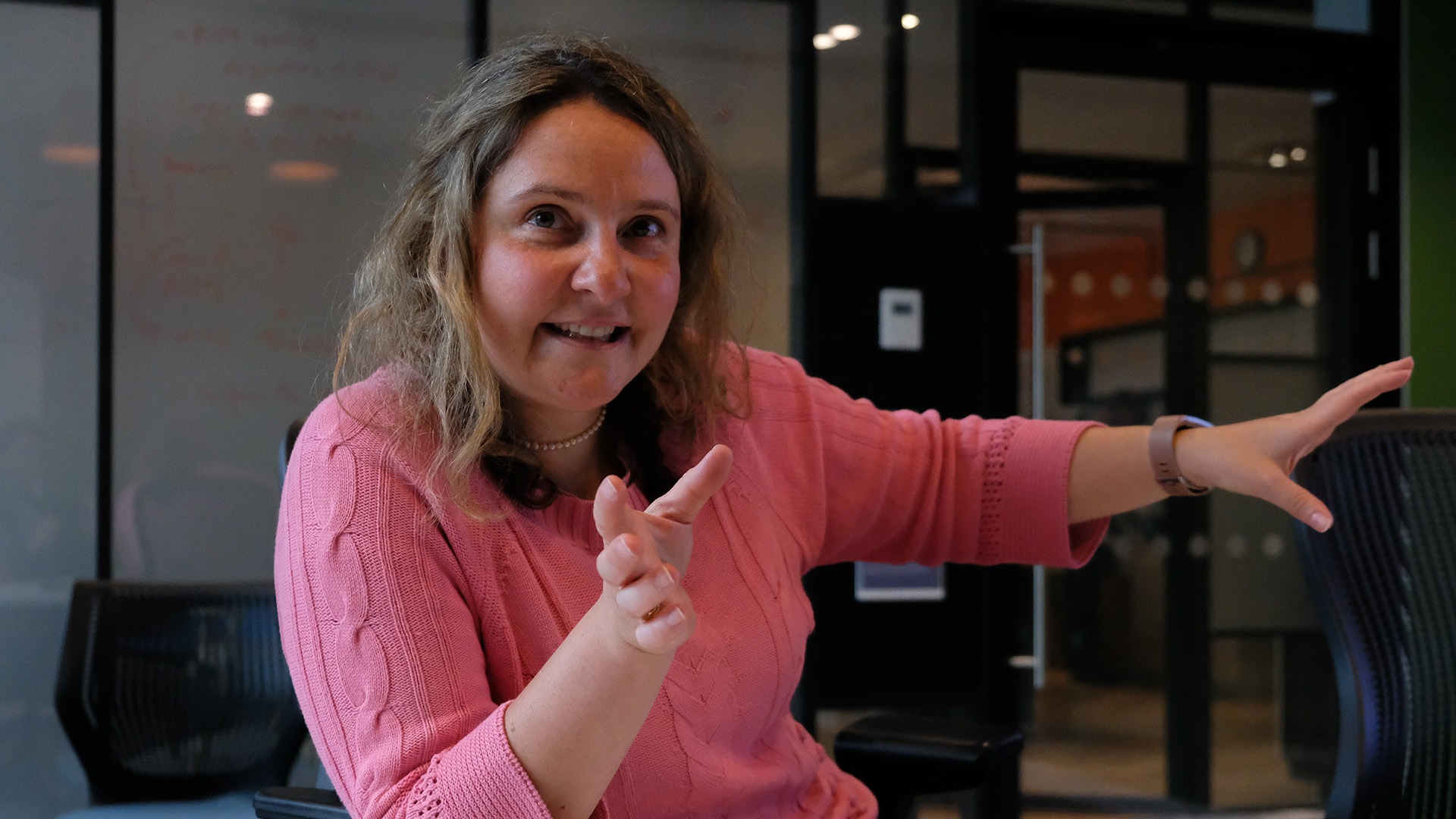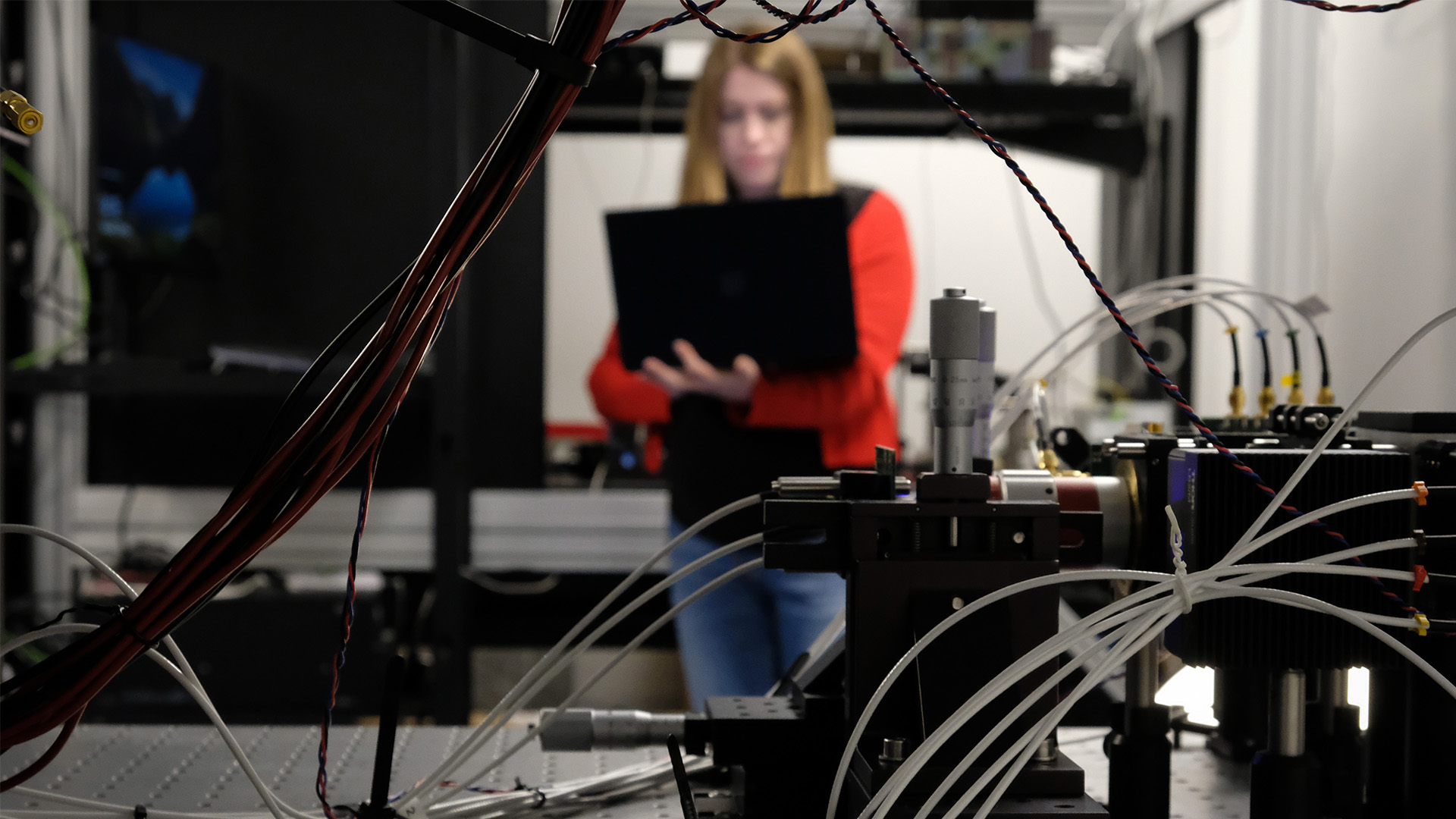Completion of Moore’s Law
In 1965, the engineer (and a creator of Intel) Gordon Moore anticipated that the variety of transistors in an incorporated circuit would double every year. He later on altered his forecast to every 2 years, and for years, the capability of computer systems has actually increased at approximately that rate, getting gradually much faster and smaller sized without getting more pricey. However in the previous years, the pattern has actually plateaued. At the exact same time, need for calculating capability and speed has actually just grown.

” The issue is, as soon as you surpass this inflection point, it ends up being a lot more hard to sustain that type of development,” states Hitesh Ballani, among the other Microsoft scientists dealing with the optical computer system, describing the seriousness behind establishing alternative innovations like optics. “Since we had actually currently been dealing with optical storage and networking, it was type of natural to relocate to optical computing, although that is the most difficult nut to fracture.”
The laboratory in Cambridge has actually had some success with optical storage. The group established a system of keeping massive quantities of information ingrained in pieces of glass
In a conference space at the laboratory, Ballani speaks quickly and cheerfully. He describes the fundamentals of optical computing and why the group generated a mathematician to assist establish a brand-new kind of algorithm to fix optimization issues. He utilized a red marker to cover a white boards and after that 2 sets of floor-to-ceiling windows with notes, formulas and charts to show his points.
” It is not a general-purpose computer system,” he states. “However it is really, really helpful for speeding up applications where these mathematical operations, direct algebra and non-linear algebra, are the crucial functional traffic jams.”
For almost 50 years, light has actually been utilized to transfer information utilizing fiber-optic cable televisions. Photons do not communicate with each other, however when travelled through an intermediary, like the sensing unit in your mobile phone electronic camera, they can– in a sense– read.
When it comes to goal, various strengths of light can be utilized to include and increase, the basis for optimization issues. Running at the speed of light, advanced variations of goal ought to have the ability to go beyond the speed of binary computer systems by about a hundred times, Ballani states. Even more, calculation and storage take place at the exact same location in goal, unlike binary computer systems, which require memory in one place and calculate in another to work.
Breaking brand-new ground in algorithms
As an example of the type of issue goal might fix, he mentions an exchange with a Microsoft health scientist about methods to lower the time required to carry out an MRI scan with the exact same level of resolution. (Generally, they take in between 15 and 90 minutes depending upon the size of the location being scanned.) Some methods to reduce that time are currently in usage however include compromises. Running what is now a lengthy optimization formula would in theory bring more precision and speed. “If we have the ability to fix the optimization issue really, really rapidly, it may be possible to do an MRI in less than a minute,” Ballani states.

Francesca Parmigiani, the 3rd main scientist on goal, did her Ph.D. in the field of optical interaction. Now she is leading the effort to develop the optical computer system itself. She and her little group are presently establishing an updated variation that will run with 48 variables, significantly broadening the intricacy of issues the optical computer system can fix. Ultimately, they intend to develop a variation of goal with countless variables.
The goal group is utilizing parts that currently exist and have a production system– from fiber-optic cable televisions to modulators to micro-LED lights– to produce, and now update, OBJECTIVE. As it exists now, the computer system is constructed on a metal bench about the size of a dining-room table, with tangles of wires emerging from modulators and connecting to what the scientists in some cases describe as a “projector,” comparable to a multimedia projector that shops and calculates the information.
” As I rotated to developing this computer system, I needed to discover a lot,” Parmigiani states. “I had no idea about optimization.”
The procedure of structure goal and mapping issues to its unique kind has actually included a big quantity of give-and-take in between Parmigiani and the optical and analog group, who deals with the hardware, and Ballani, Gkantsidis and the mathematician Kirill Kalinin, who deal with the algorithms and software application that will work on it. The scientists state that the developments in mathematics and algorithms they have actually established are as vital as the maker itself in resolving optimization issues. The unique kind of algorithm being utilized in goal is referred to as QUMO, for quadratic unconstrained combined optimization, and its usage with the optical computer system is what makes goal distinct on the planet.
” The story has actually been altering as we progress since we discover what makes good sense and what does not make good sense,” Parmigiani states. “We understood we actually require to work really tough to find out how to co-design the hardware with the algorithm.”

Working ‘at the leading edge’
The goal group is now turning its attention to evaluating the gadget and the QUMO algorithm with issues proposed by market specialists and academics. They are opening a service utilizing a goal simulator that fixes big optimization issues utilizing a graphics processing system (GPU). The group desires more test cases to assist them find out about the capacity of the tool they have actually constructed.
The deal settlement issue proposed by Lee Braine of Barclays is a concern.
The issue is hard to fix since of the volume of deals. Braine states these deals are generally referred to as shipment versus payment. A basic example is the shipment of a security for a money payment– 100 shares in a business for $1,000. The issue is that every deal and every gamer undergoes numerous restraints, consisting of guidelines and the balances readily available.